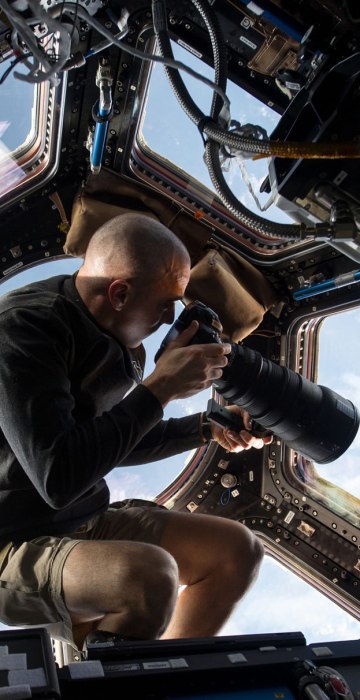
Science News
Month in Space: June 2013
Feast your eyes on a beautiful dying star, pictures from China's latest space shot, and other cosmic highlights from June 2013.

Scenic perch
NASA astronaut Chris Cassidy uses a 400mm lens on a digital still camera to photograph a target of opportunity on Earth, 250 miles below, on June 3, 2013. The many-windowed Cupola is the best place on the International Space Station for taking pictures. Cassidy has been aboard the orbital outpost since late March and is due to return to Earth in September.
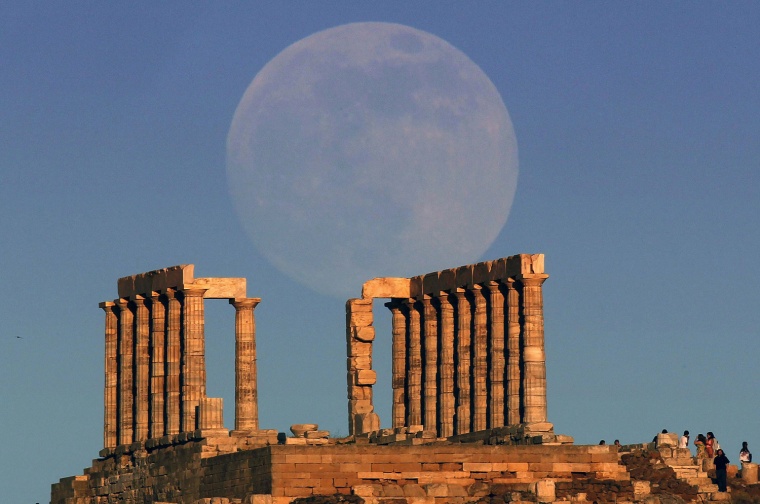
Supermoon rising
The moon rises over the temple of Poseidon, the ancient Greek god of the seas, as tourists enjoy the sunset at Cape Sounion, 37 miles east of Athens, on June 22. The "supermoon" is so named because it's the biggest, brightest full moon of the year. The supermoon's disk is 14 percent wider and 30 percent brighter than the moon's minimum appearance. This is the result of the moon going full at roughly the same time that it reaches perigee - the point in its elliptical orbit that is closest to Earth.
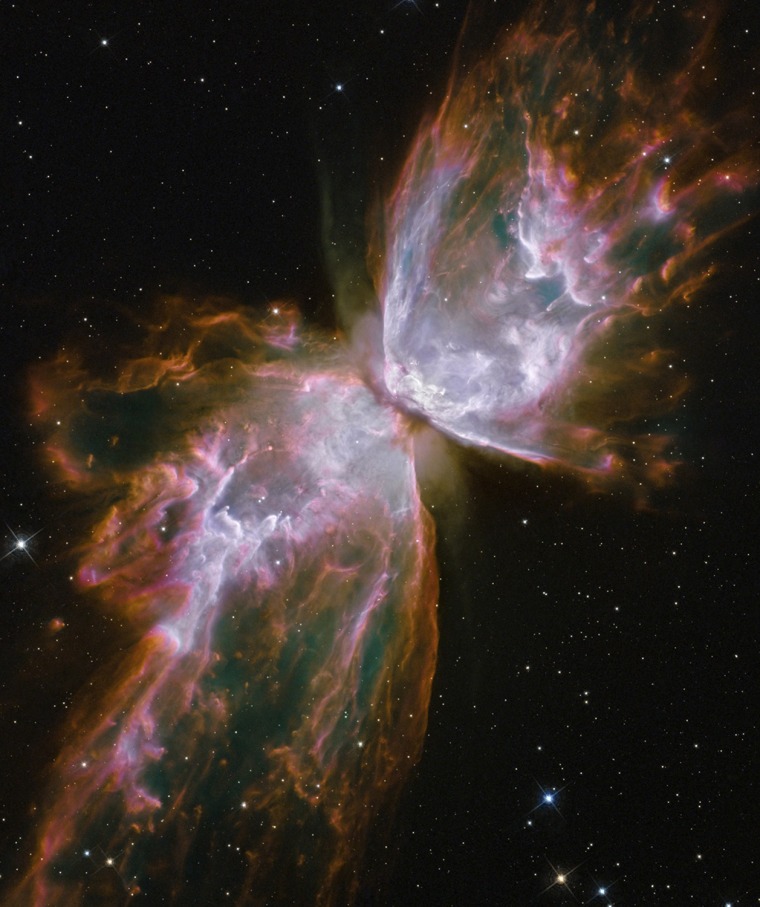
Cosmic butterfly
A close-up of the dying star NGC 6302 nebula is seen in this image released by NASA on June 7. The picture was produced from data acquired by the Hubble Space Telescope's Wide Field Camera 3 in 2009. With an estimated surface temperature of about 250,000 degrees C (450,032 degrees F), the dying central star of this particular planetary nebula has become exceptionally hot, shining brightly in ultraviolet light but hidden from direct view by a dense torus of dust.
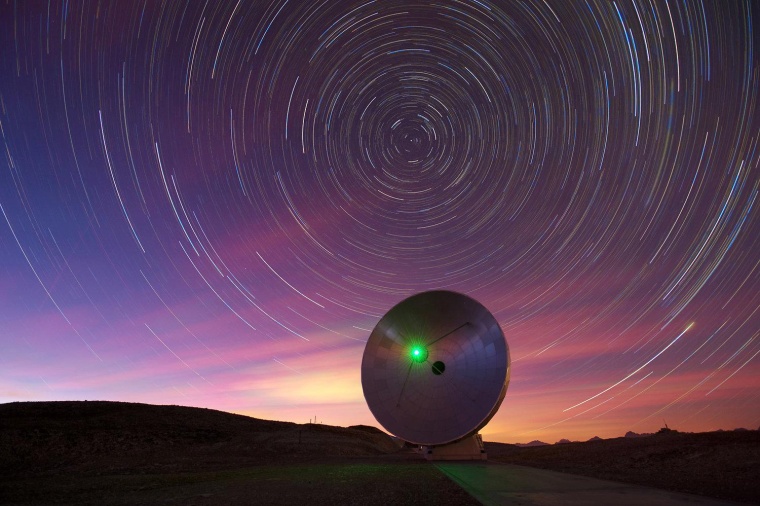
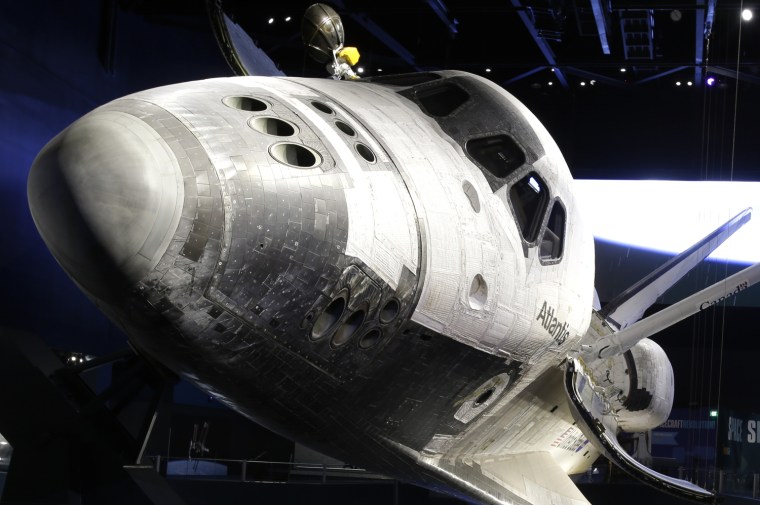
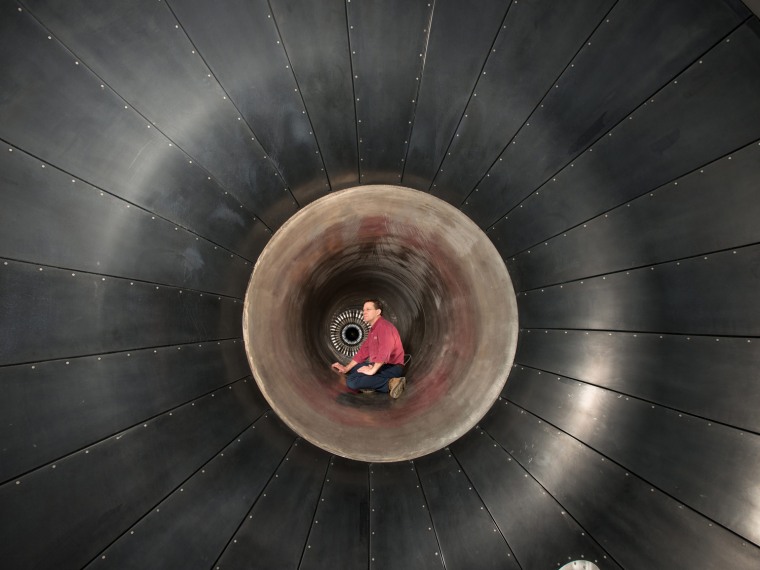
Test your engines
John Wargo, lead technician at NASA Glenn's Propulsion System Laboratory in Cleveland, Ohio, performs an inspection on the inlet ducting, upstream of the Honeywell ALF 502 engine that was used for the NASA Engine Icing Validation test. This test lets engine manufacturers simulate flying through the upper atmosphere, where large amounts of icing particles can be ingested and cause flameouts or a loss of engine power on aircraft.
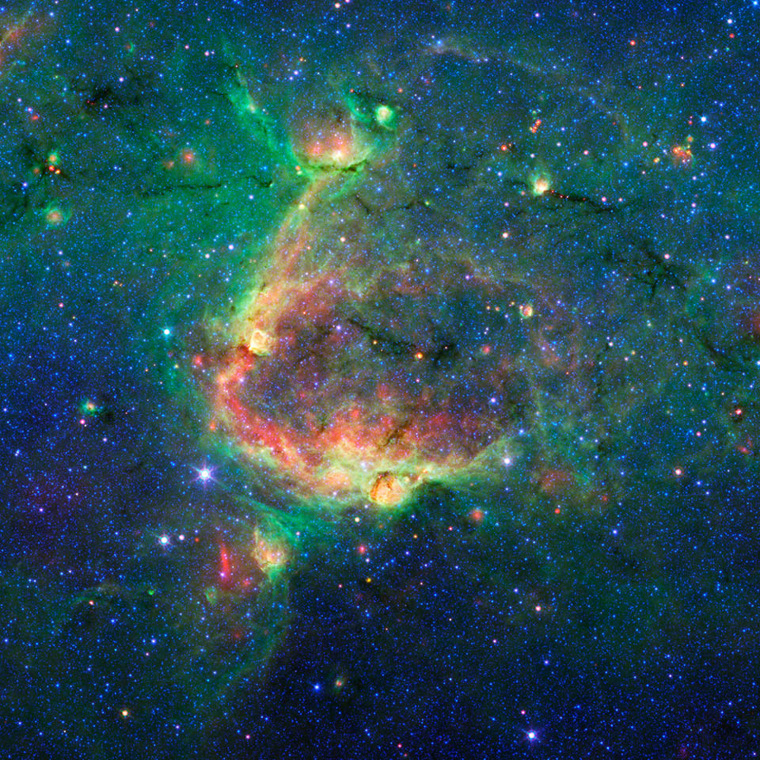
Bubble babies
This infrared image from NASA's Spitzer Space Telescope, released June 5, shows a striking example of what is called a hierarchical bubble structure. One giant bubble, carved into the dust of space by massive stars, has triggered the formation of smaller bubbles. The large bubble takes up the central region of the picture, while the two spawned bubbles are located within its rim.
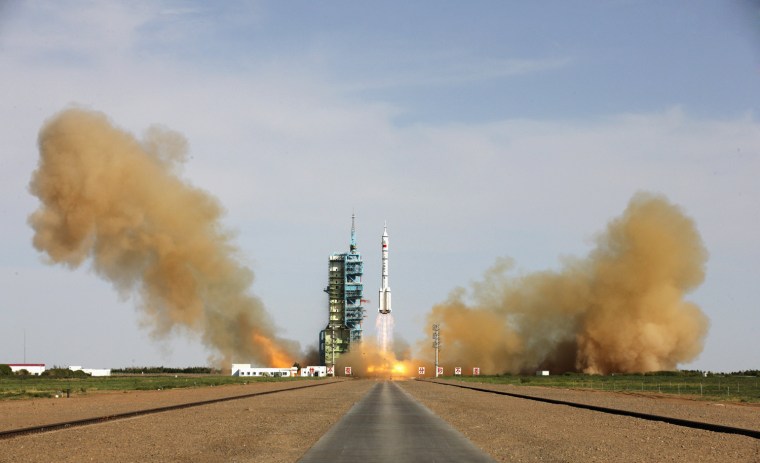
Liftoff!
The Long March 2-F rocket carrying the Shenzhou 10 spacecraft lifts off from its launch pad at the Jiuquan Satellite Launch Center in China's Gansu province on June 11. The Chinese spacecraft carried three astronauts into orbit for a 15-day mission at an experimental space lab.

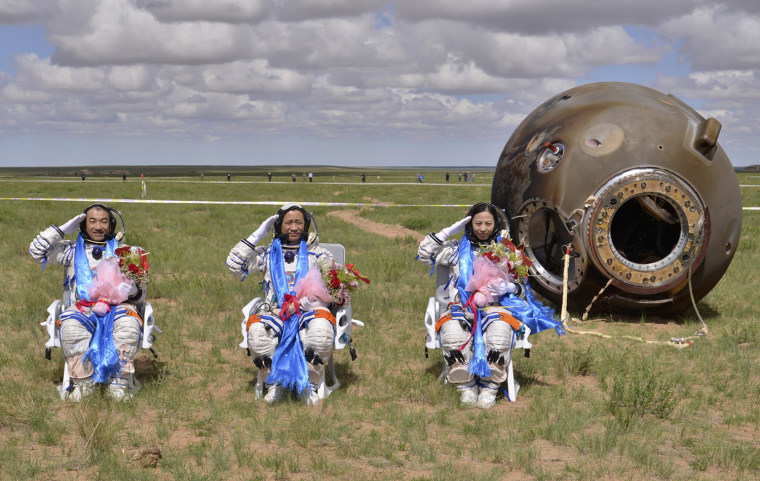
Mission accomplished
Astronauts Zhang Xiaoguang, Nie Haisheng and Wang Yaping salute after returning to Earth in the re-entry capsule of China's Shenzhou 10 spacecraft. The astronauts touched down in China's Inner Mongolia Autonomous Region on June 26, at the end of their successful space mission.

Rolling stone
A lone boulder leaves a track in the Martian soil on a slope at Nili Fossae, as seen by the high-resolution camera on NASA's Mars Reconnaissance Orbiter. The image was released June 7 on beautfulmars.tumblr.com.
•This is how a lone rock rolls on Mars.
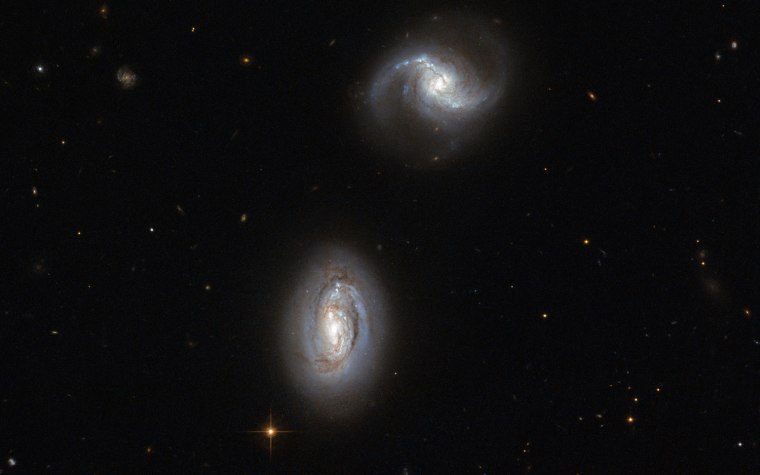
Galactic twins
The galaxy pair known as MRK 1034 lies in the constellation of Triangulum, as seen in a Hubble Space Telescope image released June 24. The two galaxies, named PGC 9074 and PGC 9071, are close enough to one another to be bound together by gravity, although no gravitational disturbance can yet be seen in the image. These objects are probably only just beginning to interact gravitationally.
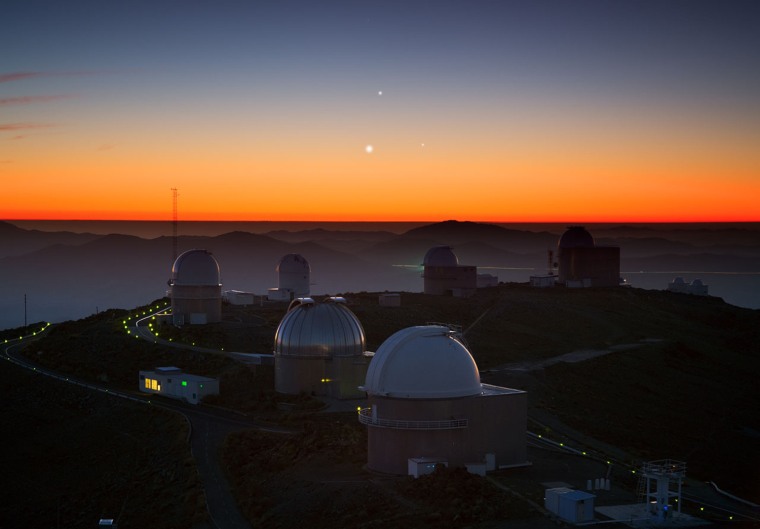
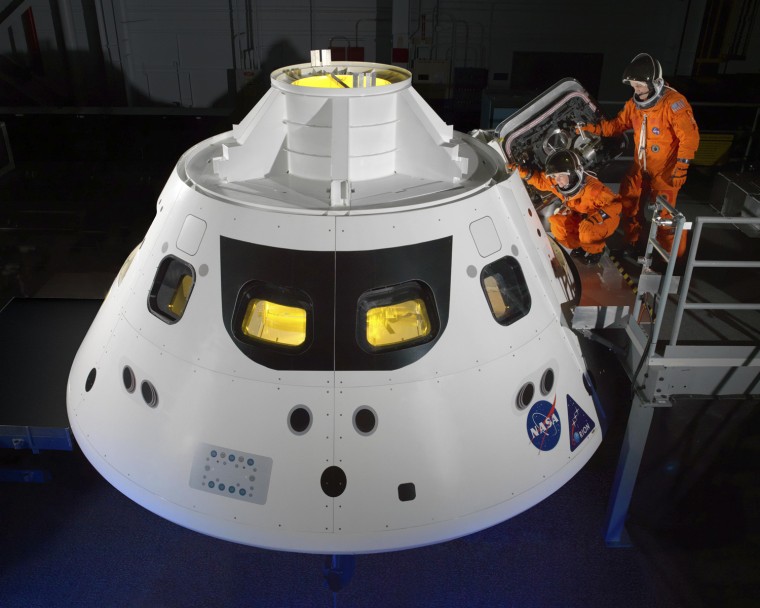
Opening Orion
NASA astronauts Cady Coleman and Ricky Arnold step into the Orion crew module hatch during a series of spacesuit check tests conducted at the Space Vehicle Mockup Facility at the agency's Johnson Space Center in Houston on June 13. The Orion crew module will serve as both transport and a home to astronauts during future long-duration missions to an asteroid, Mars and other destinations in the solar system.
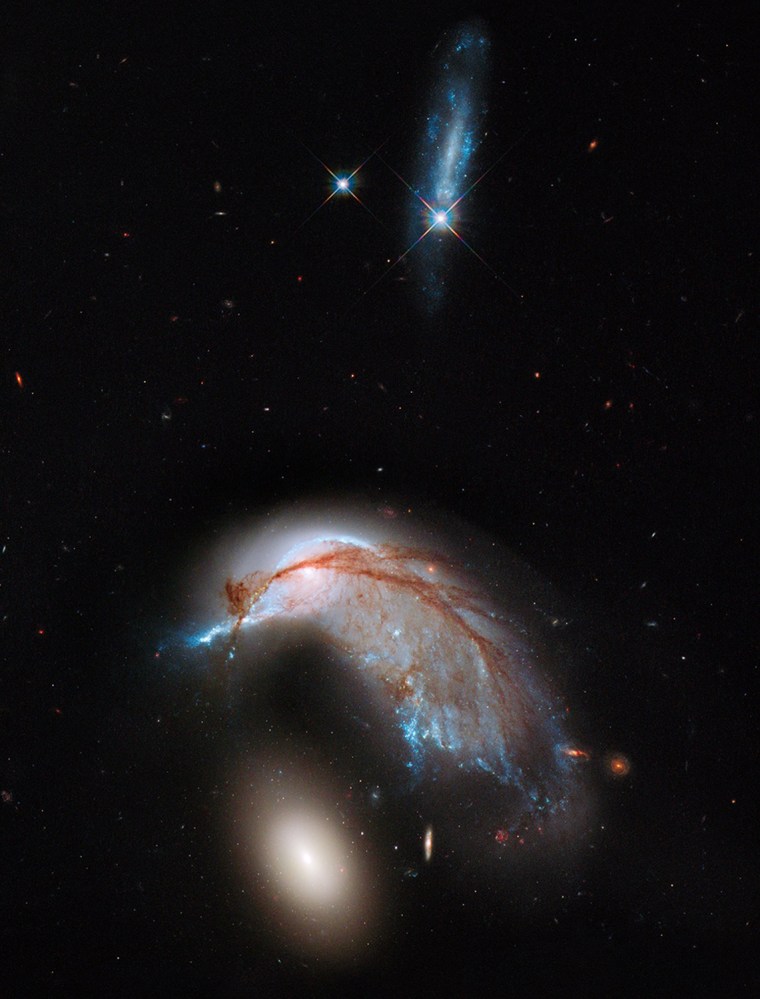
Celestial bird
This Hubble Space Telescope image, released June 20, shows what appears to be the profile of a celestial bird contemplating an egg. This interacting galaxy duo is collectively called Arp 142. The pair contains the disturbed, star-forming spiral galaxy NGC 2936, along with its elliptical companion, NGC 2937, at lower left.
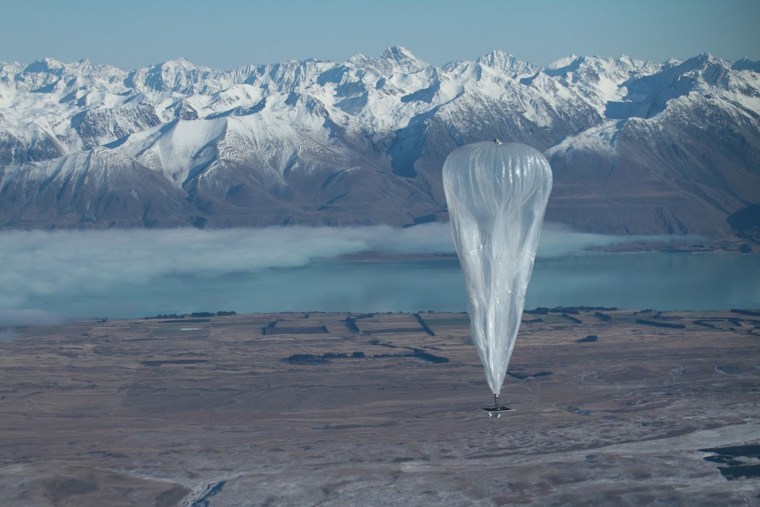
Launching Project Loon
A Project Loon high-altitude balloon sails over Tekapo in southern New Zealand after its launch on June 15. The test was part of Google's plan to send balloons to the edge of space, with the lofty aim of bringing Internet to the two-thirds of the global population currently without Web access.

Way to go, Einstein!
An Ariane 5 rocket rises into the sky from the European Space Agency's launch complex in Kourou, French Guiana, on June 5. The mission sent Europe's Albert Einstein automated transfer vehicle into orbit for a rendezvous with the International Space Station.
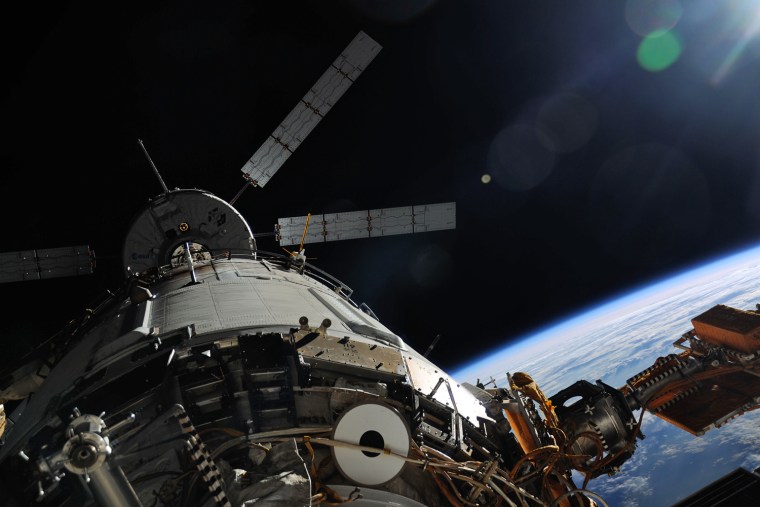
Einstein arrives
The European Space Agency's robotic transport ship, ATV Albert Einstein, docks with the International Space Station on June 15, 10 days after its launch from French Guiana. Einstein's solar panels are splayed out in an X pattern. with the blue Earth in the background.
